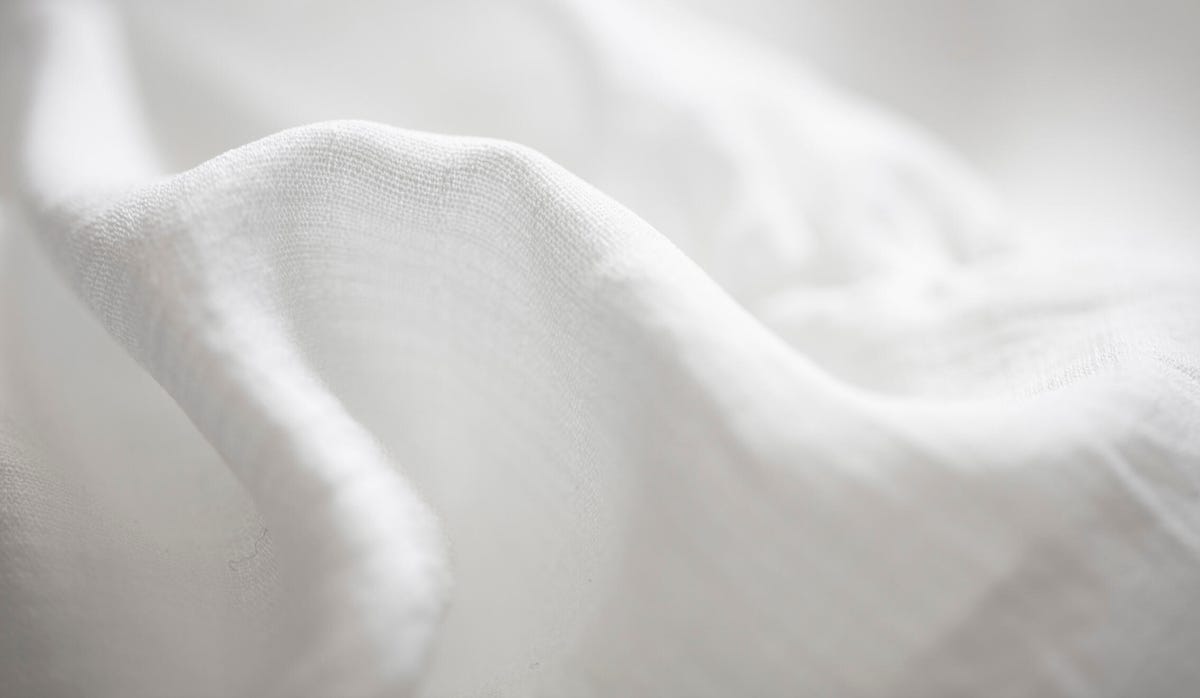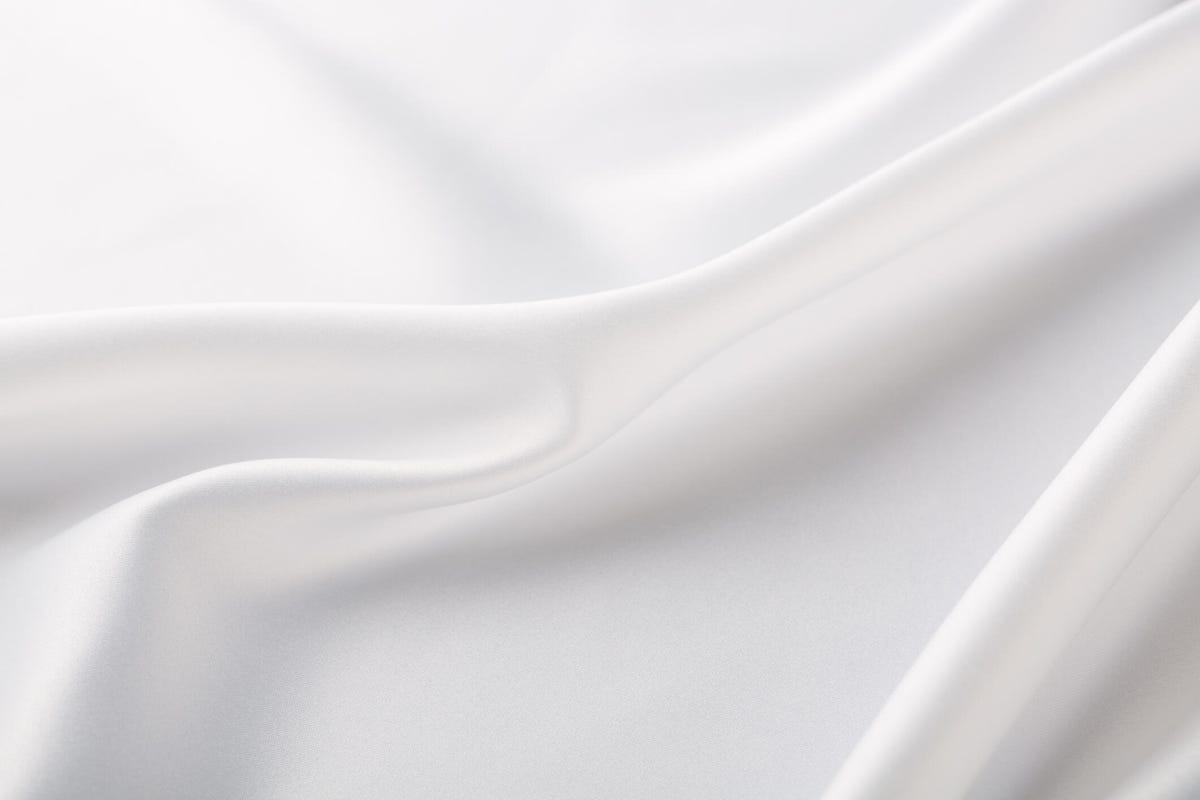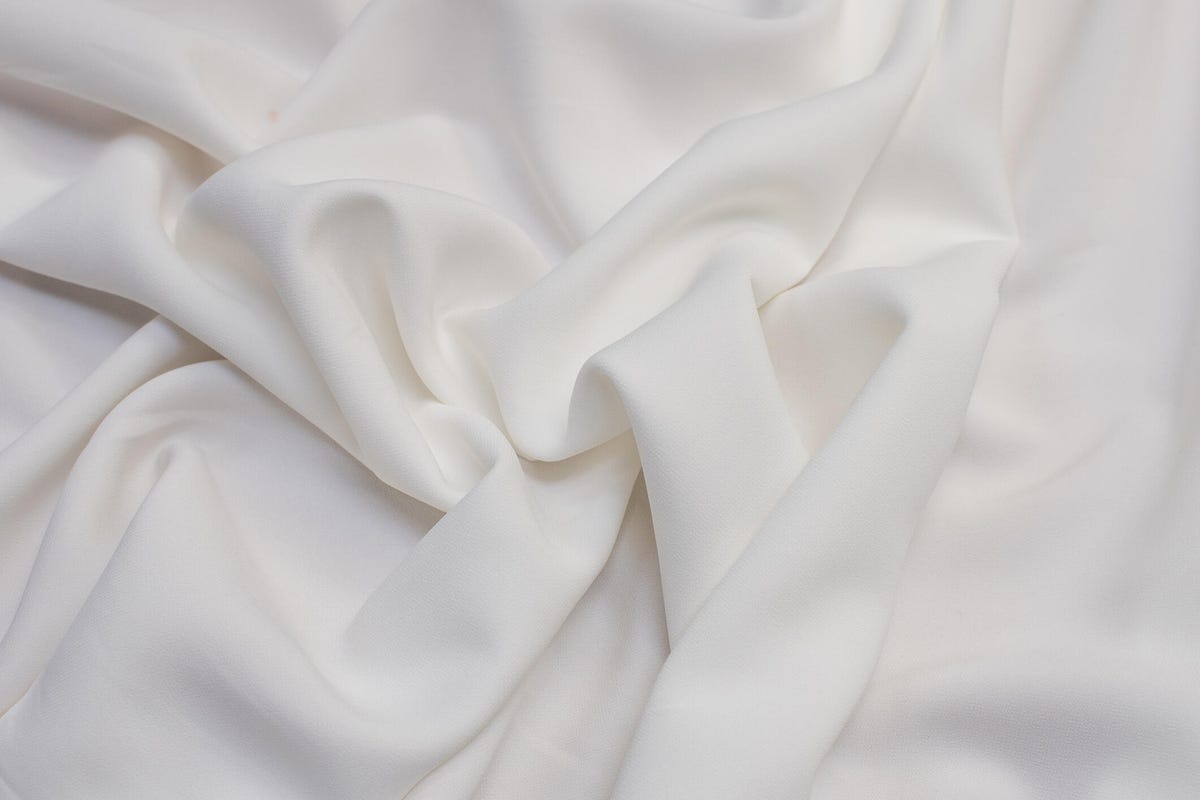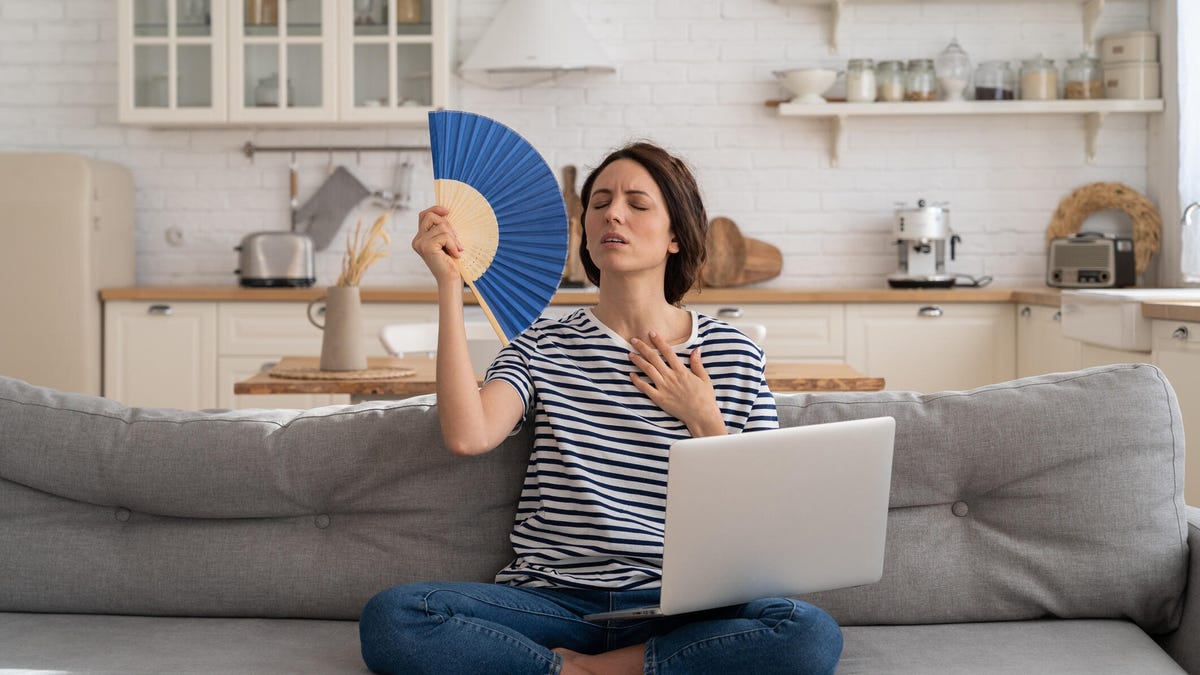We’ve reached the tail end of summer, but temperatures are still soaring. Just ask the cacti that are breaking down under the Arizona sun. And then there’s the heat wave that experts are predicting for the central US this Labor Day.
One way to find some relief from the heat, especially if you’re outdoors or living without air conditioning, is to wear cooling clothing. By that I don’t mean you can slip on clothing that’ll instantly cool you like an ice pack. We aren’t quite there yet with technology (though the experts are working on it), but the best cooling clothes have different properties that work to keep you cooler and more comfortable.
How do cooling clothes work?
Your body temperature going down is what gives you the sensation of feeling cool. For clothing to be effectively cooling, the fabric must have properties that work together with the body to help dissipate heat and promote airflow.
Air permeability
Ventilated, flowy and breathable clothing allows for more air to pass through, and helps prevent heat or perspiration from being trapped against the skin. Less breathable fabrics like polyester or wool, on the other hand, can keep body heat confined between your body and the material and make you feel even more sweaty.
Moisture-wicking
Perspiration can be annoying but it’s our body’s way of regulating temperature. Moisture-wicking fabrics quickly absorb your body’s sweat and then help it evaporate away. The secret is in hydrophilic and hydrophobic fibers. Hydrophilic fibers absorb sweat from the skin, evenly dispersing it across the fabric. Hydrophobic fibers keep out moisture and help fabric quickly dry.
Temperature regulation
Thermoregulation is how humans maintain their body temperature, and there are four different ways to transfer heat. If the fabric of your clothes is effective at any of these four methods, it can help keep you cooler.
- Thermal conductivity relates to the measure of how well materials transfer heat from one side to the other. Every material has a thermal conductivity, and the higher it is, the more cooling the material will be.
- Thermal convection: Heat moves from the material with the highest temperature to the one with the lowest temp. This explains why you feel cooler when you put on silk or bamboo; your warm body heat transfers to the cooler fabric and this process helps you feel more cool.
- Radiation: Solar radiation is a major contributor to feeling hot, especially if you have to be outdoors during high temperatures. Clothing that protects you from the sun and harmful UV rays will help you stay cooler, and maintain healthier skin.
- Evaporation: The best cooling clothing allows sweat to evaporate and quickly dry, keeping you feeling cooler in hot temperatures. Fabrics with poor evaporation abilities can remain damp, making you feel sticky.
Cooling clothing recommendations
- Weightless Poplin AC Pant: These are the ultimate day-to-night, multi-functional pants that work for everything from work attire, adventuring outdoors, and even a date. Unlike your traditional black clothing, these are made with coldblack fabric that offers UV protection and reflects the sun’s rays better than your regular ol’ T-shirt or pants. They’re also super lightweight — my partner wears them to work on 99 degree days and swears by them.
- DUER Crop Tee: I wore DUER’s cropped tee to hot yoga, and it saved me from feeling like a wet towel was hanging over me (warning: don’t wear cotton to hot yoga). This tee is soft, lightweight and has just the right amount of stretch. Its TENCEL Lyocell and cotton blend also makes it moisture-wicking and helps it prevent against bacteria growth.
- Kora SS crew T-shirt: Made from 90% bamboo and 10% spandex, this tee feels silky smooth against the skin, wicks away moisture and provides UPF 50-plus to protect you from UV rays. I wore the shirt out paddle boarding in Tahoe in July with the expectation I may get a little warm because it was a long sleeve. However, I (surprisingly) had zero sweat stains, and the water that splashed onto my shirt during my ride dried well before I deflated and packed away my board.
- Forloh hoodie: It has UPF 50-plus protection and the brand’s cooling Brrr Pro technology, which makes it “hyper-wicking.” The brand claims it has quick-drying abilities up to 300%. It’s also infused with cooling minerals that help provide immediate cooling relief. It’s very form fitting and lightweight, similar to an Under Armour long sleeve.
- Livsn EcoTrek shorts: These are stretchy, lightweight and quick-drying shorts with ventilated mesh pockets and an eco-friendly construction. According to the brand, 70% of the material is made from recycled ocean buoys from Taiwan. I wore these during a paddle boarding session, jumped into the lake, and the water basically repelled off of them. They were completely dry within five minutes.
- Arctic Cool crew neck T-shirt: A good affordable cooling clothing pick, this T-shirt has the brand’s HydroFreeze X Technology that actively keeps you cool, along with enhanced moisture-wicking tech and UPF 50-plus protection. It also features antimicrobial and anti-odor properties.
- Tommy John Second Skin pajama set: Taking the win as the best cooling pajamas, this set is ultra breathable, thin, lightweight and silky-smooth against the skin. The tank and boxer shorts are made from 49% viscose, 43% micromodal (a type of rayon) and 8% spandex.
Read more: Best Pajamas for Summer
Innovation in cooling clothes
Everyone knows what it feels like to be muggy and hot in their clothes. As each summer seems to break the previous year’s high-temperature record, researchers are exploring different ways to produce effective cooling clothing.
Clothing and other garments can utilize non-electric cooling techniques such as ice, phase-change and radiation cooling. Early cooling clothing looked like actual ice vests that absorbed a person’s body heat as ice melted, causing a physically cool feel. A lot of modern cooling clothing, like those from LifeLabs, has infrared heat-blocking abilities that offer protection from the sun’s harmful rays.
But experts are even working out the kinks on smart cooling clothing powered by electricity. As we continue to experience high temperatures, it’s fair to expect more improvements and development to come from cooling garments.
The best fabrics for cooling clothing
Cotton

Cotton is good for dry heat because it’s lightweight and breathable.
Cotton is a natural fiber that’s breathable, lightweight and widely accessible. Air easily passes through cotton fabric, allowing you to feel breezy and cool. It’s best for dry heat, since it’s absorbent but not moisture-wicking.
Bamboo
Bamboo is a premium natural fiber that’s good at wicking away moisture. It’s also even more breathable than cotton because of the “micro gaps” within bamboo fabric that promotes increased airflow.
Silk

Silk is a good material for summer because it’s flowy, breathable and a natural thermoregulator.
Silk is a thermoregulator that helps you keep a comfortable body temperature. It’s ultra-lightweight, soft and tends to come in flowy silhouettes.
Rayon
Sourced from processed wood pulp, rayon is made up of thin fibers that make it feel light and breathable. It doesn’t trap heat between the fabric and your body, allowing sweat to evaporate and heat to dissipate.
Viscose

A type of rayon, viscose is a soft and comfortable fabric that can also help keep you cool during summer.
Viscose is a type of rayon that’s considered an artificial silk. As such, it’s a smooth, highly absorbent and soft fabric that’s great for cooling clothing.
Linen
Linen is derived from the flax plant and is a well-known fabric for summer because of its lightweight and breathable feel. It has a loose weave, allowing air to easily pass through.
The worst fabrics for cooling clothing
Polyester and nylon
Polyester and nylon are made from petroleum, essentially making them a type of plastic. They retain heat and even bad odor, and they don’t absorb moisture. This means your sweat sits on their surface, trapped between your skin and the fabric.
Denim
We all love our jeans, but they aren’t the best clothes for hot weather. The material is heavy, not very breathable and can retain moisture. If you have to wear jeans, try a looser fit and a light wash to reflect the sun.
Leather
Made from thick cowhide, leather is a good insulator during the winter. It’s also often dyed black, a color that absorbs heat. Unless you want to be real warm, avoid leather jackets in the summer.
link

